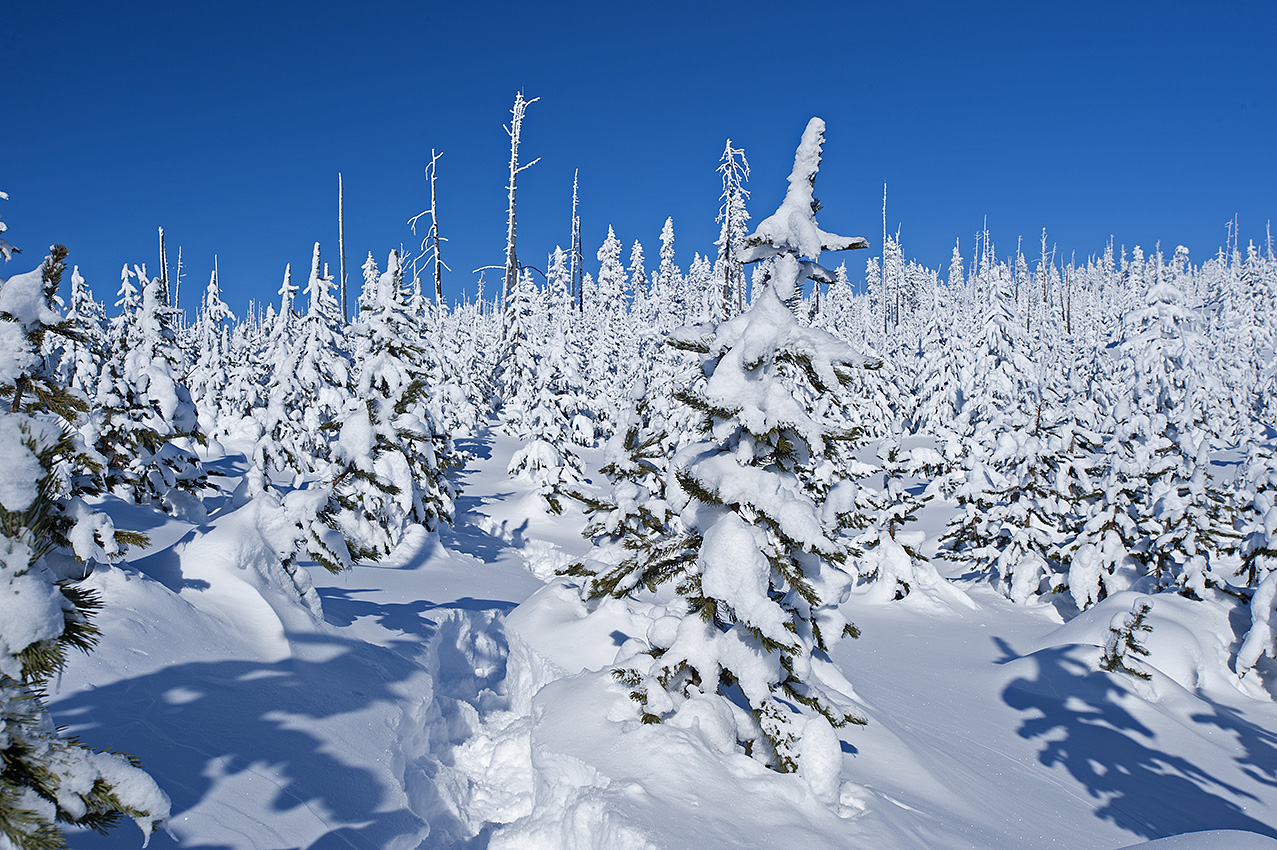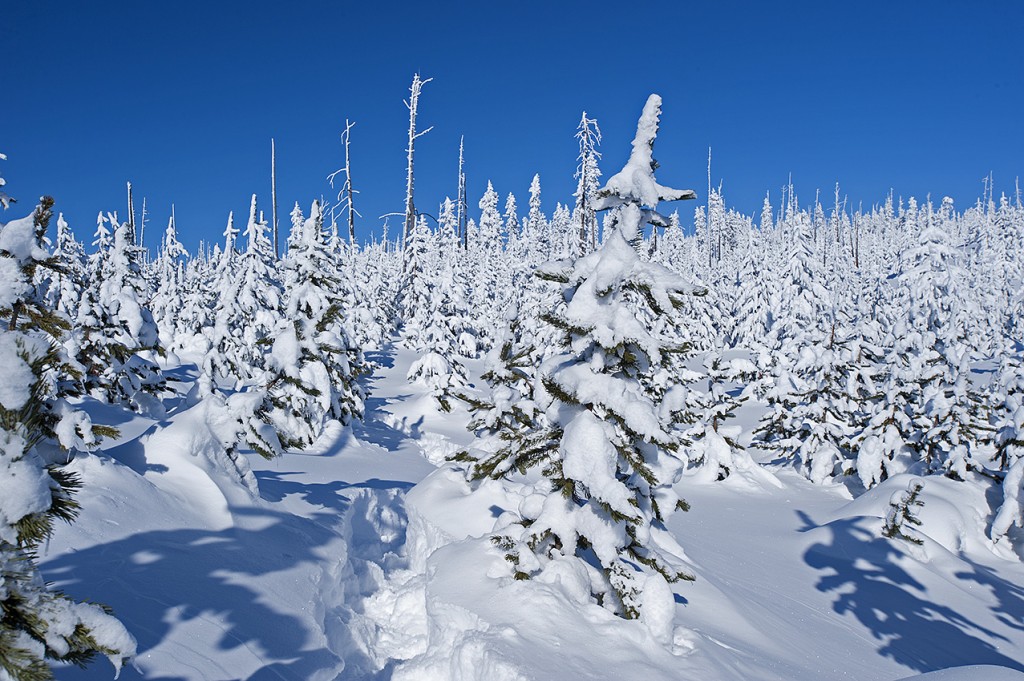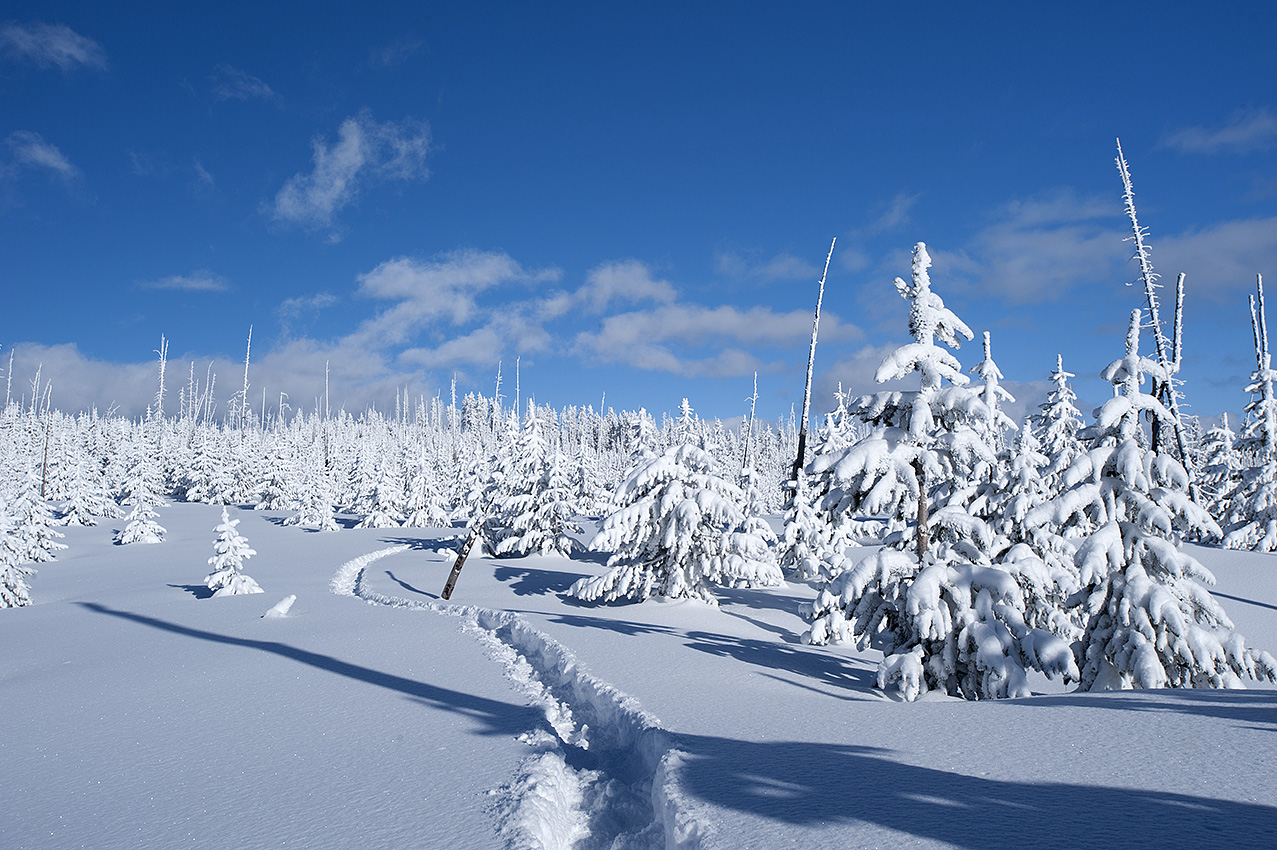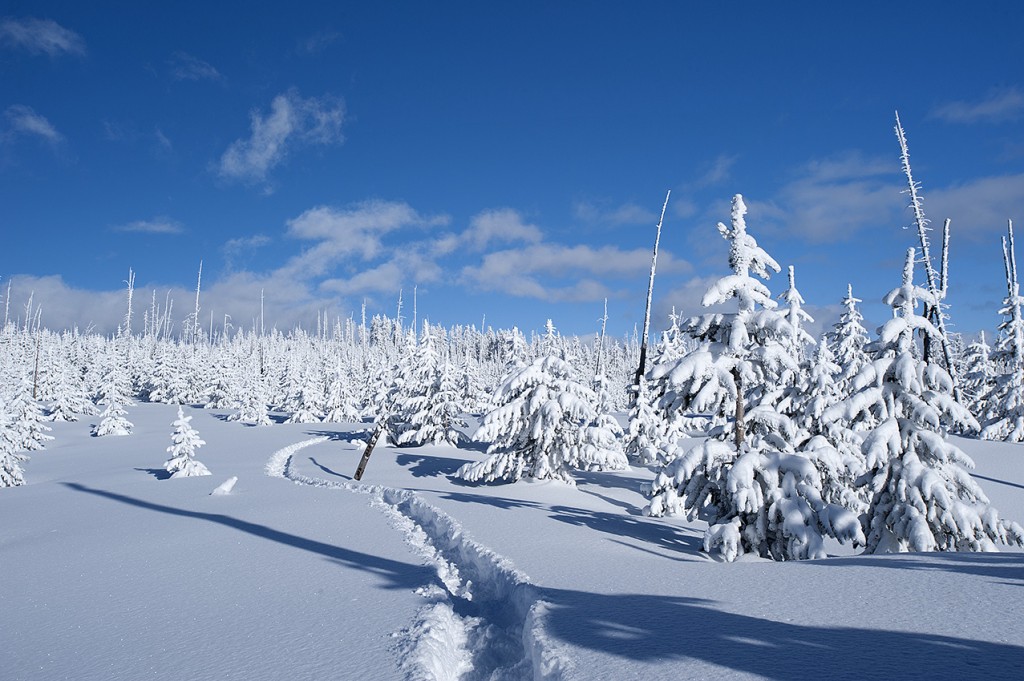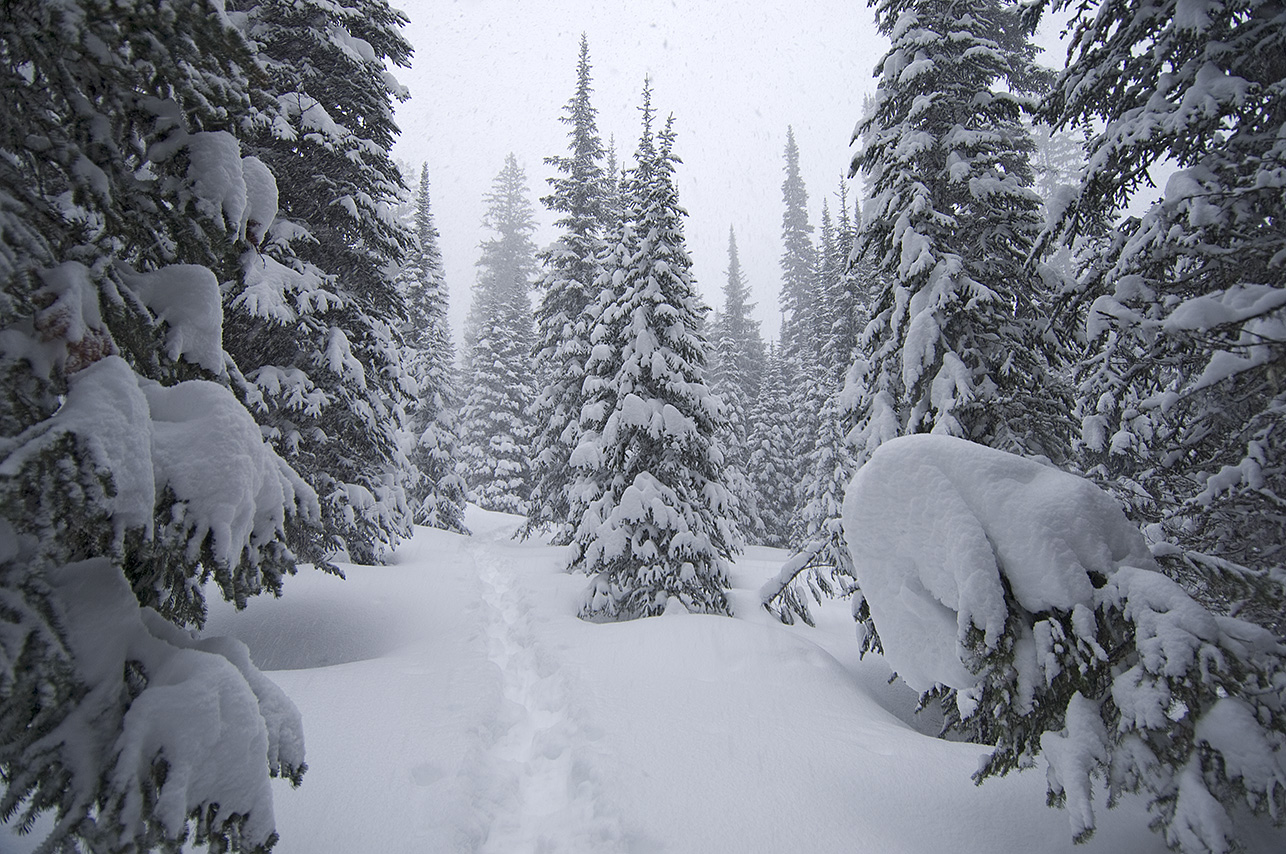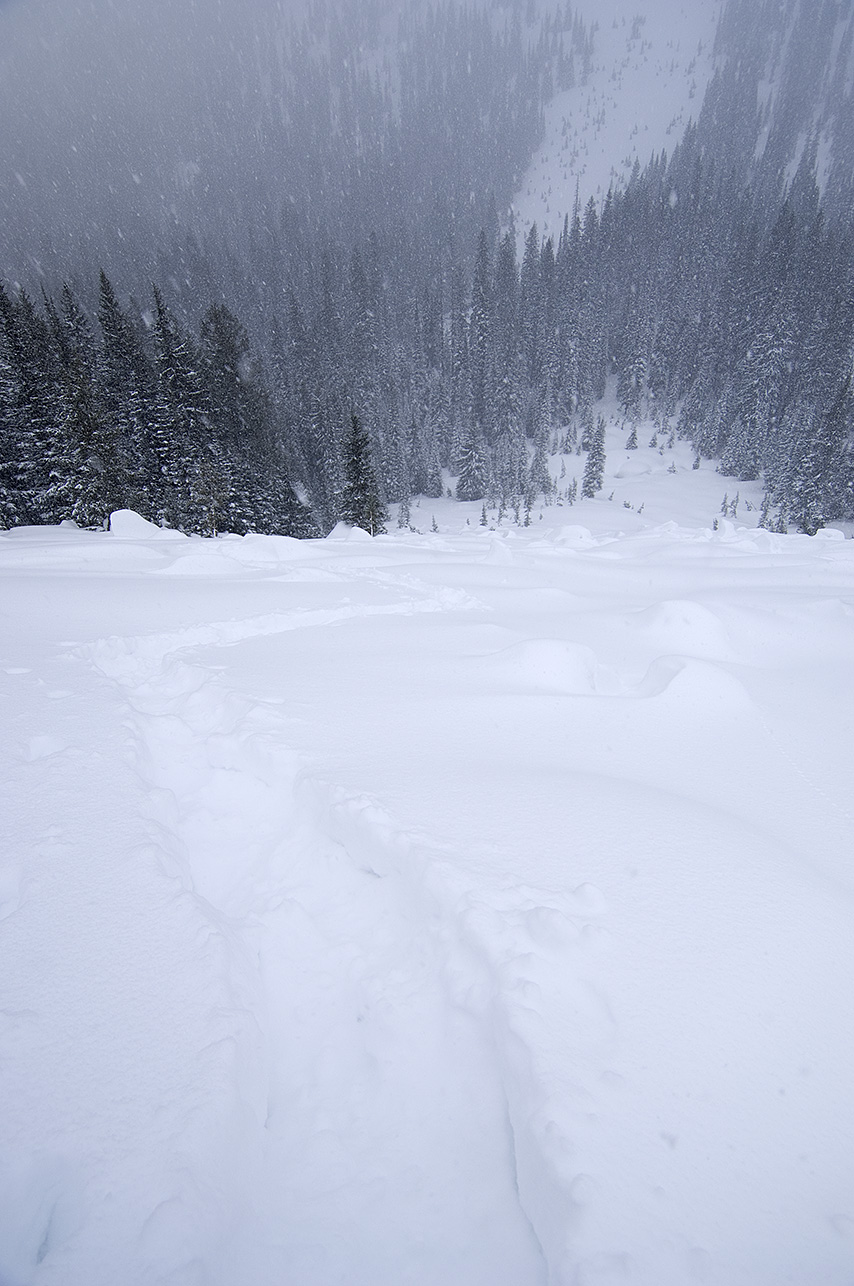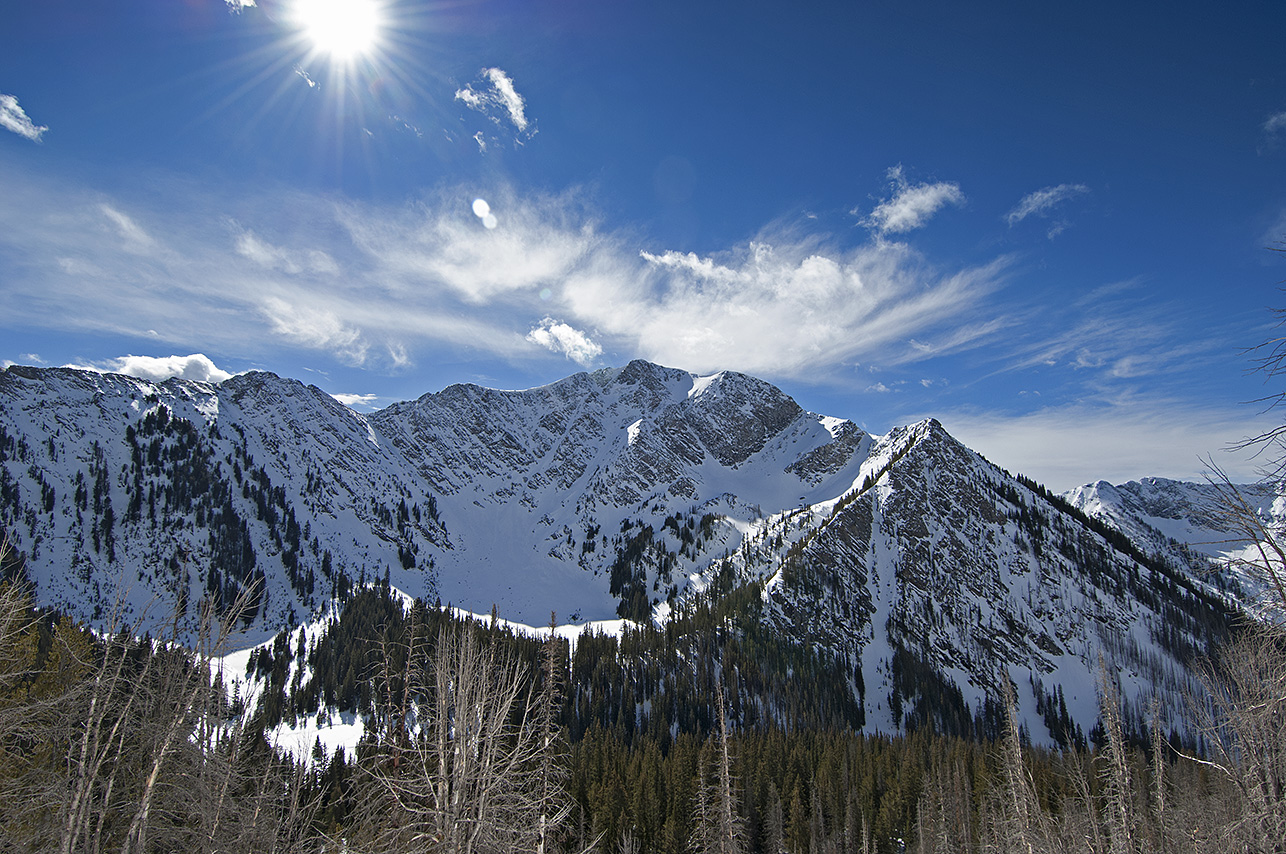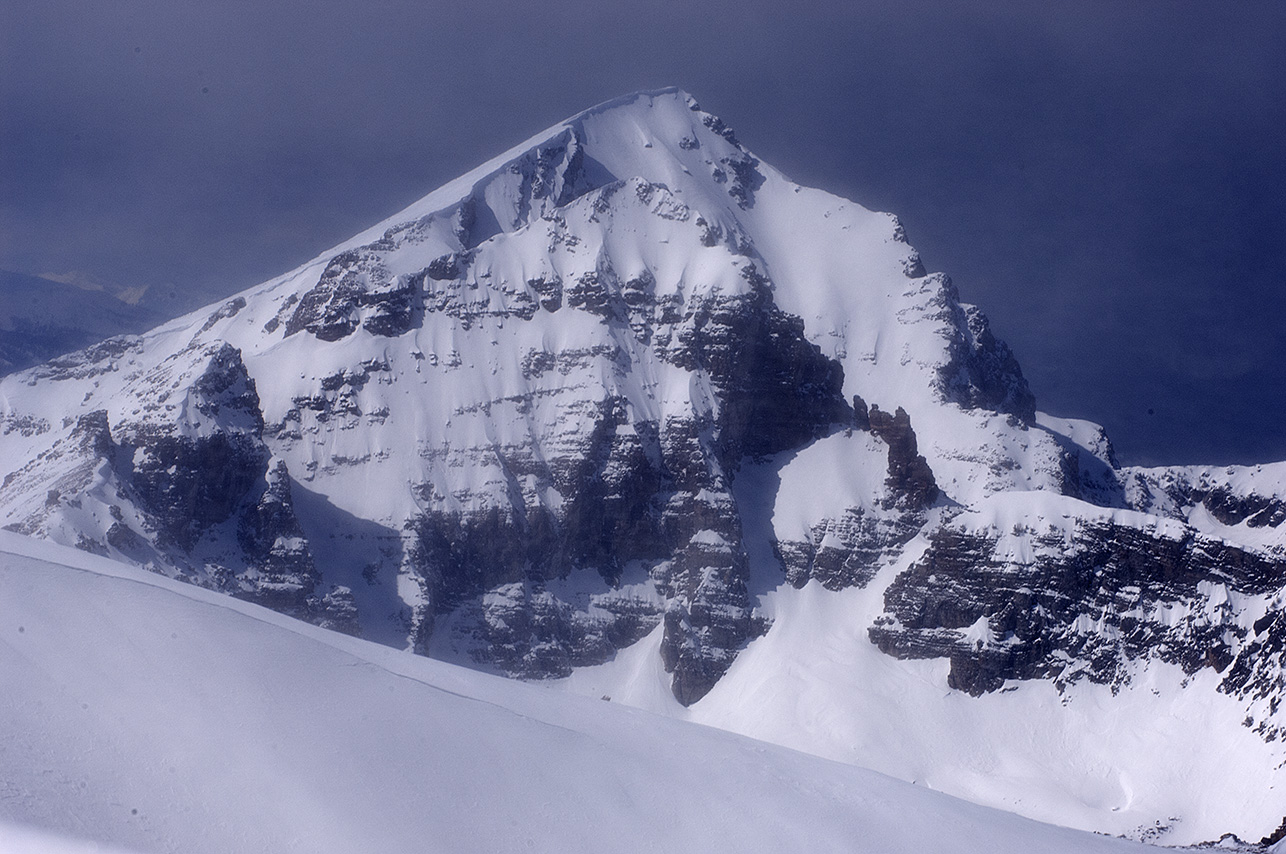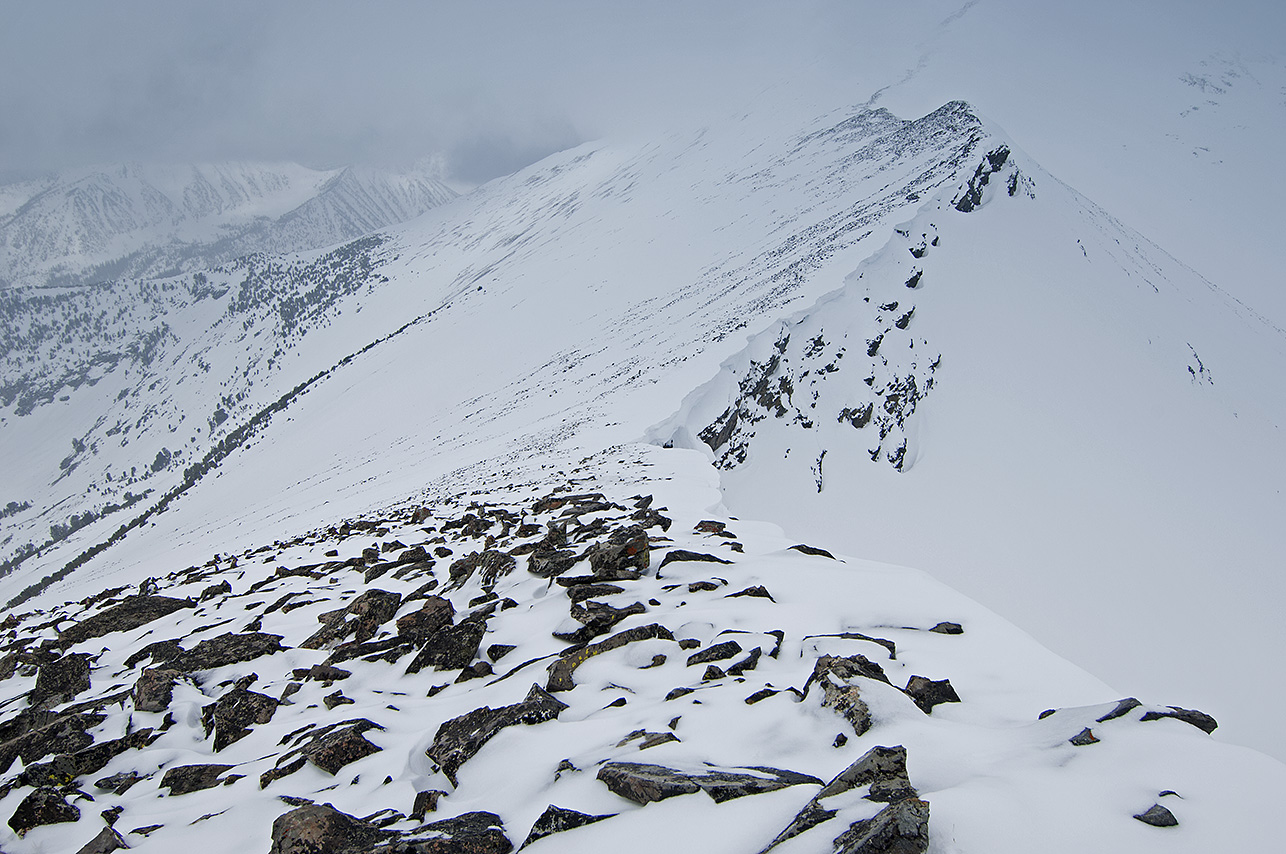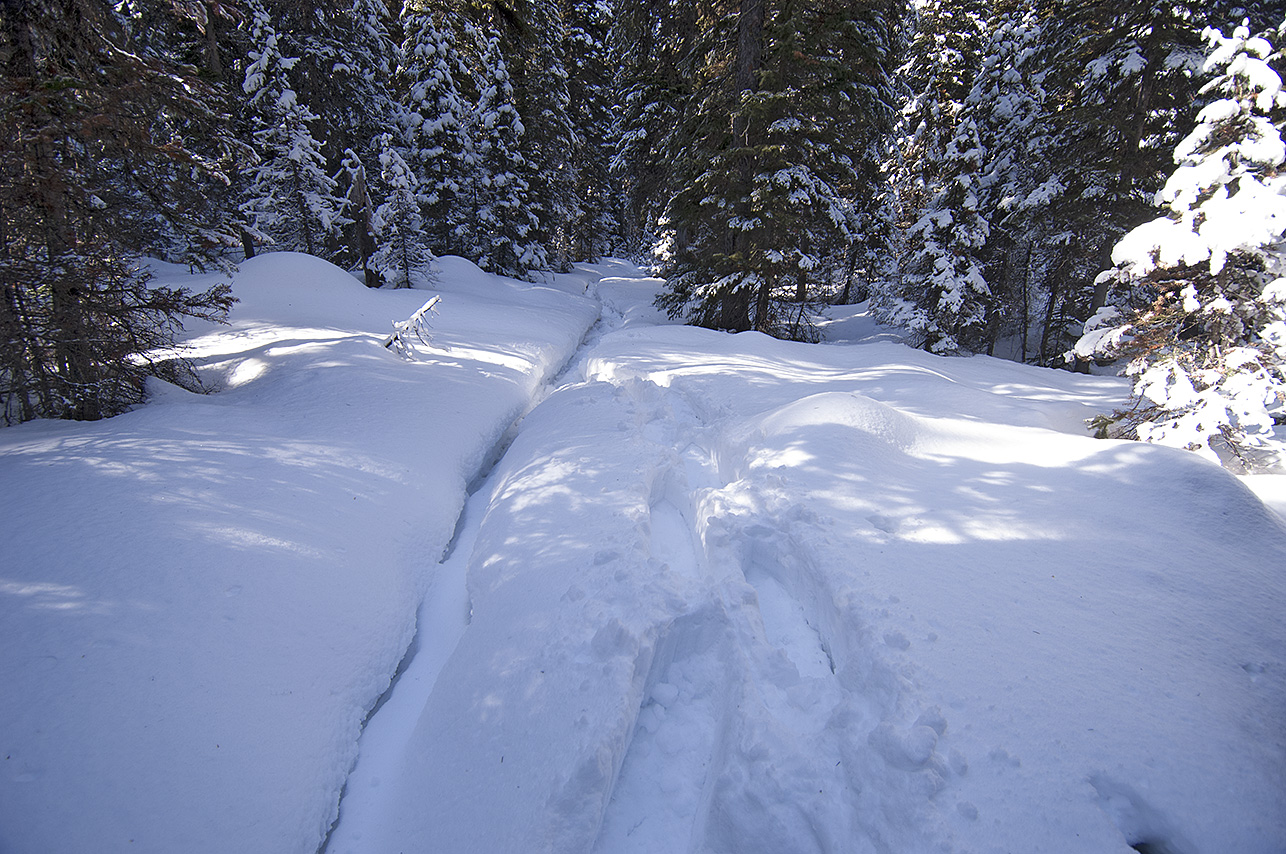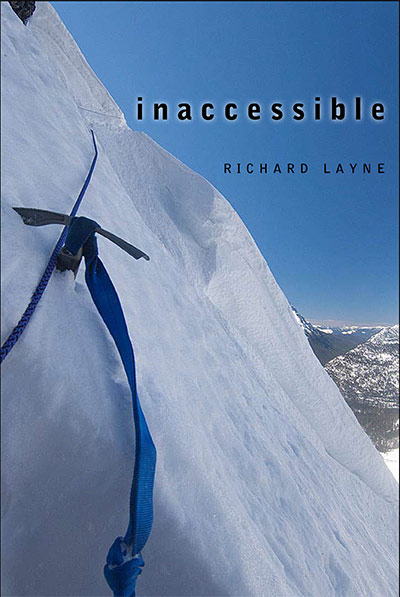In the last week, the weather has changed in Western Montana. We have gone from moderate snowfall (between 6 inches and 3 feet, depending on the elevation) and subzero temperatures, to an extended forecast with a mixed bag of scattered rain and snow, including temperatures up to 40°F. Even the elevation of 10,000 feet along the Continental Divide has an extended forecast with a low of 20°F.
Could this be the beginning of the El Niño weather pattern? The NOAA is staying quiet. That could be the smart thing for them to do. I, on the other hand, am not part of the NOAA. Indeed, where the weather is concerned I am a hands-on kind of guy. For that reason, any attempt I would make to cross an avalanche slope after the recent snowstorm would be dangerous, even foolhardy. If it were to rain on the slope, that same attempt would likely be fatal. On the other hand, this weather can also settle the snowpack while creating a crust I can walk on with my snowshoes and crampons. This latter condition is exactly what I am hoping to have for the Continental Divide trip.
In addition, 50 miles into the Continental Divide trip beginning in January 2015, I will encounter my first slopes that require technical climbing gear to ascend and descend. Besides the peril of possible avalanches, proper placement of snow pickets in powder to anchor my rope would be difficult if not impossible.
Yesterday, I drove north for my first winter training trip, which I intended to undertake in the Dearborn River Canyon of the Scapegoat Wilderness. With the nonstop rain soaking into the snowpack at the trailhead, I canceled the trip. Forget the avalanches. Rainfall during the winter on my equipment and on me is dangerous. Nevertheless, go I will, just not up there. This morning I leave for Bannock Pass on the Montana and Idaho border to the south. According to the weather forecast, any moisture I receive down there will be snow.
To be clear, during the 90-day trip, which begins in approximately 30 days, with the exception of rain falling on the snowpack, it makes no difference what the weather conditions are. I will travel through most of it.
With that said, you know I sort of feel like I’m playing poker with the totally emotionless old man winter. Regardless of what I do, his stare never changes. I look into his eyes, at his protected card hand, and then glance at the wall behind him. There is no perceptible movement in his eyes or on his face. Finally, I place my cards on the table. In turn, he places his on the table. Then while his blank, yet cold eyes continue to stare a hole through me, his hand smashes mine to a pulp. Oh boy.

